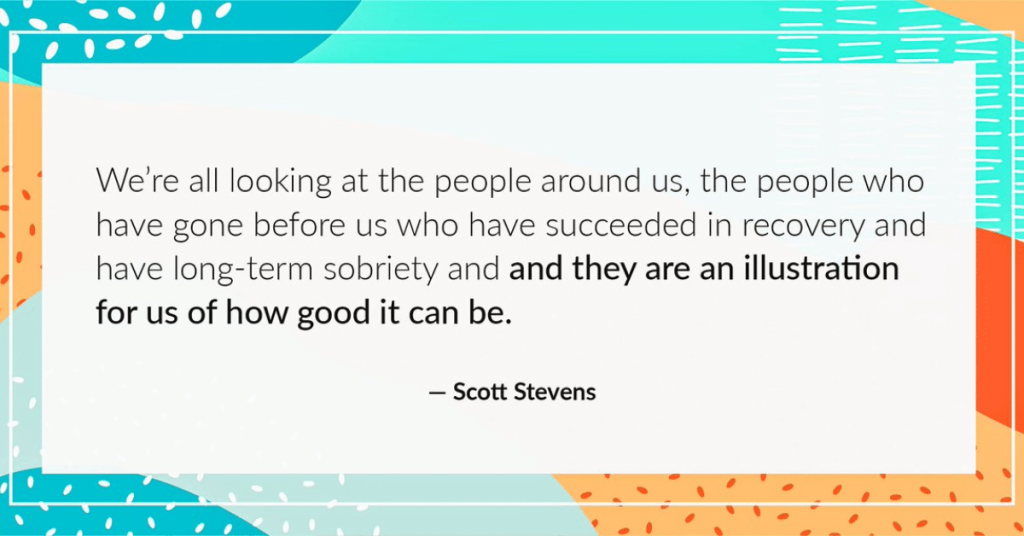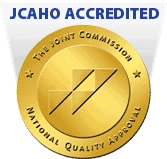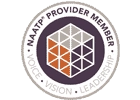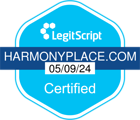Who really benefits from federal spending on the opioid epidemic?
If you live in California, you may have noticed new TV commercials for a statewide initiative called Choose Change California. This program, from the California Department of Healthcare Services, is the state’s answer to the growing opioid epidemic. The initiative focuses mainly on using medication assisted treatment (MAT) to help patients fight addiction.
Rates of Medication Assisted Treatment use in California have quadrupled in just four years thanks to this and other programs that have received more than $264 million in federal grants. But MAT alone might not be the solution to the opioid epidemic.
What is Medication Assisted Treatment?
Medication assisted treatment (MAT) uses synthetic opioids to help reduce cravings and prevent dangerous heroin use. MAT prescription medicines are distributed in safe centers on a regular basis, according to patient needs. Patients who receive MAT don’t have to live in a rehab center and can receive care on an outpatient basis.
The medicines, including buprenorphine and methadone, don’t offer a high like heroin but help normalize brain chemistry and prevent withdrawal symptoms like nausea and headaches that often push people into relapse. Medicines might also block euphoric effects of opioids, preventing patients from feeling high if they do seek out other opioid use.
However, these medicines are still addictive themselves, even if they don’t have harmful side effects like heroin or other opioids. Patients may need to participate in MAT for many months or years, slowly weaning off the medicine, to prevent withdrawal and relapse.
Opioid treatment programs that offer MAT must be accredited and certified by the Substance Abuse and Mental Health Services Administration (SAMHSA). They must comply with many regulations to ensure patients are safe.
What Are the Benefits of MAT?
Research has shown that MAT has major benefits for people with substance abuse disorders. People who receive MAT have a lower rate of incarceration and homelessness. They are also more likely to gain and maintain employment. Because the medications help dull common triggers such as stress and depression, MAT can be effective in maintaining long-term treatment success.
Some evidence suggests the increased rates of MAT treatment may be working in California’s favor. In 2017, the rate of opioid overdose deaths in California was only a third of the rest of the country. Other research shows that people who use MAT are less likely to die of an overdose than people who do not receive MAT.
What You Should Know About MAT
While it is a treatment option, MAT alone is not typically enough to heal the physical and emotional issues associated with addiction. MAT is most effective and should be combined with professional counseling, such as cognitive behavioral therapy, group therapy or family therapy. While MAT minimizes cravings and withdrawal symptoms, it does not treat the underlying reason for substance abuse or teach you the coping skills to overcome cravings.
To ensure you receive comprehensive care, you should seek treatment at an addiction treatment center or other mental health care provider. Because of MAT expansion initiatives, any doctor can prescribe the medication with a federal waiver. However, that does not mean that these doctors are equipped to provide counseling and therapy that are necessary to support your overall success.
In fact, MAT expansion may be making it more difficult for patients to find this level of support. Federal money may be going to doctors in primary care offices or other settings without counseling instead of addiction treatment centers that offer more comprehensive care.
If you are considering MAT as a treatment option, you should have an endgame in mind. As mentioned before, MAT medicines are still addictive. While addiction is certainly a chronic disease, many providers would not suggest MAT as a lifelong treatment or cure for addiction. You should work with mental health professionals to make a plan for weaning off the medicine over time.
MAT vs. More Traditional Treatments
More traditional treatments for substance abuse may require a period of detoxification and withdrawal. Withdrawal symptoms can be severe, requiring medical supervision as the drug leaves your body.
After the detox period, most patients will stay in inpatient rehabilitation for a few weeks. During this time, they receive counseling, therapy, and alternative treatments to improve their physical and emotional health. They also learn strategies to handle cravings, deal with common stressors and avoid relapse. Even after a patient goes home, reoccurring therapy should continue so they have the support they need to stay sober.
With MAT clinics or primary care MAT orders, however, there is no detoxification period or inpatient stay. This can be problematic if you experience harsh withdraw or a negative reaction to the medication. It is always safest to detox under the watch of medical professionals.
While there is some evidence that MAT treatment is effective, it is most important that you choose a treatment option that feels right to you and your needs. If you aren’t sure which is right for you, contact a treatment center to discuss your options or ask others who have gone through addiction treatment.
Talk to Your Doctor About Your Treatment Options
Seeking out treatment for substance abuse is a big step. It’s important to have a network of people who support you, but if you aren’t comfortable speaking to your friends and family, you can always speak to your trusted physician.
Your physician can offer you supportive care while keeping your information private. While friends and family may not know how to offer support, your physician understands that addiction is a disease. They can speak with you about your treatment options, including MAT, and connect you with resources to get started on the path to recovery. It may even be easier with your doctor’s help to find reliable programs and get the referral you need for appropriate care.
At Harmony Place in Woodland Hills, California, we provide a relaxing, comfortable environment for addiction treatment and recovery with many addiction treatment program options, including our Medication Assisted Treatment program. Contact us today at (855) 652-9048 to learn more about our services and how you or your loved one can prepare for a successful rehabilitation from drug and alcohol addiction at our California treatment center.







